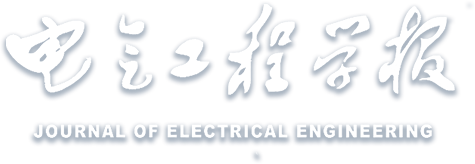Abstract:
Focusing on dynamic energy management technology of distributed hybrid turbo electric propulsion aircraft power system, the hierarchical model predictive control(MPC) algorithm is used for its energy optimization control, and the two-layer energy management controller method is adopted for the change characteristics of flight power demand of distributed electric propulsion aircraft. That is, the top-level MPC controls the optimal distribution of energy during flight of the hybrid electric propulsion aircraft system and the switching state of multi-generator sets and non-critical loads, etc., to achieve the goal of minimizing fuel consumption compensation, and equivalently the optimization problem as the mixed integer quadratic programming problem(MIQP). The underlying MPC controls the bidirectional DC-DC converter, which is responsible for managing the charge and discharge state of the battery pack and maintaining the voltage dynamic balance of the DC bus, using the “peak shaving and valley filling” of the energy storage device to improve and optimize the balance working point of the system during the flight mission, and at the same time realize the collaborative control of the dynamic and static characteristics of the aircraft power grid energy, so as to achieve the purpose of dynamic energy optimization management of the hybrid electric propulsion aircraft power system, and compare with the energy management strategy using rule-based control. Finally, by establishing a distributed electric propulsion aircraft power system hardware-in-the-loop semi-physical simulation platform based on RT-LAB, the layered MPC energy management algorithm of hybrid turbine electric propulsion aircraft is technically verified, and the digital simulation and semi-physical experimental results show that it has strong robustness and operability for dynamic energy management of hybrid electric propulsion aircraft, which verifies the correctness of theoretical analysis and design.


 下载:
下载: